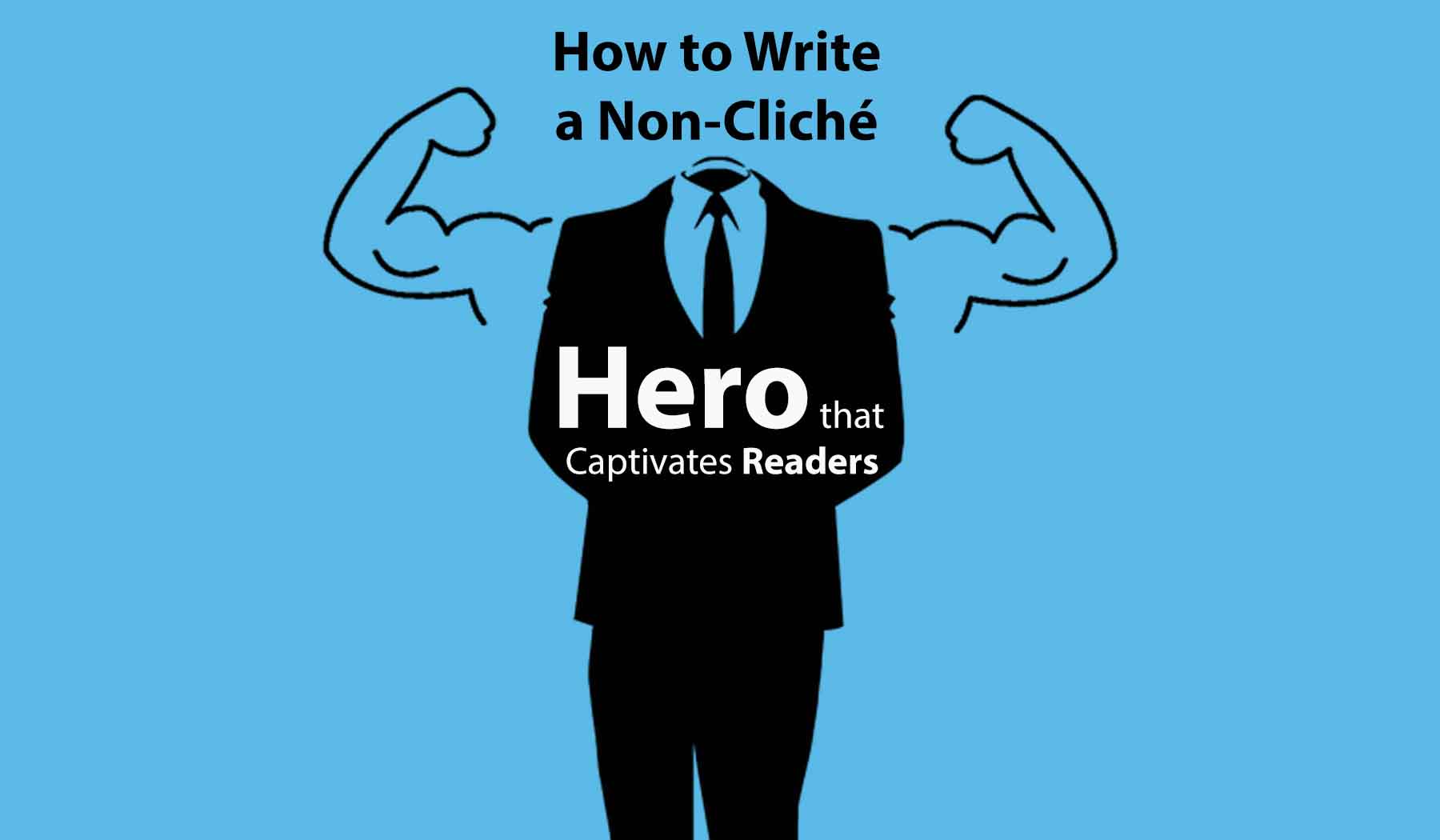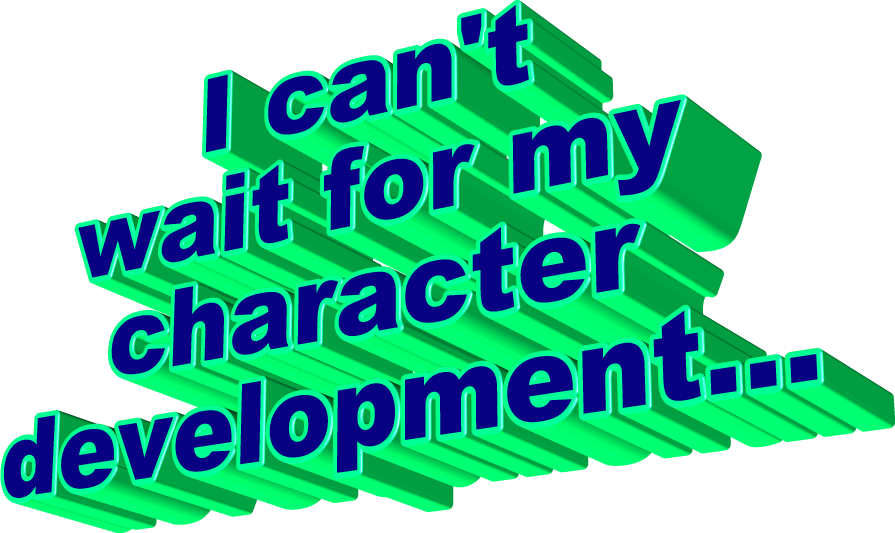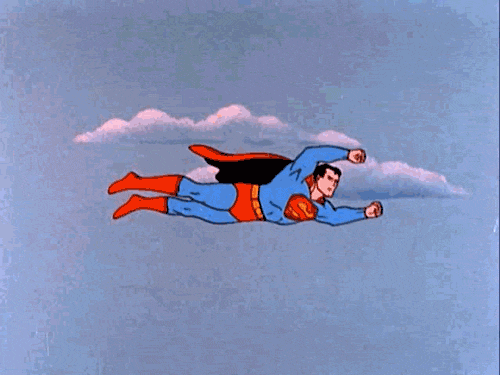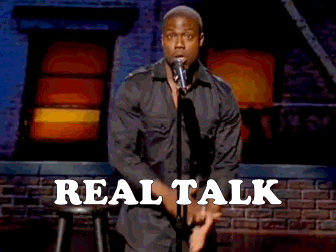Are you tired of reading stories with predictable and formulaic heroes?
Do you yearn for characters that break the mold and leave a lasting impact on readers?
Crafting a hero who defies clichés can be a challenging task, but fear not!
In this comprehensive guide, we will delve into the art of writing a hero who is truly unique, engaging, and memorable.
Whether you’re an aspiring novelist, a seasoned writer, or simply an avid reader with a passion for character development, these tips and strategies will help you create heroes that resonate with your audience.
1. Understand the Common Tropes
Before you can break away from clichés, it’s essential to understand them.
Familiarize yourself with the popular hero archetypes and common tropes prevalent in literature and media.
By recognizing these clichés, you can consciously steer clear of them and develop more original characters.
2. Develop a Strong Backstory
A hero’s backstory shapes their motivations, values, and worldview.
Dig deep into your hero’s past and uncover their unique experiences, traumas, and triumphs.
By weaving a complex and compelling backstory, you provide your hero with depth and authenticity, making them stand out from the crowd.
3. Create Flawed and Multi-Dimensional Characters
Heroes who are flawless and invincible can quickly become dull and predictable.
Inject your hero with flaws, quirks, and vulnerabilities that make them relatable and human.
Explore their internal conflicts and show their growth throughout the story.
A multi-dimensional hero with both strengths and weaknesses will captivate readers and keep them invested.
4. Give Them Unique Abilities or Skills
While it’s tempting to rely on standard superpowers or skills, consider giving your hero unique abilities that haven’t been seen before.
Think outside the box and explore unconventional talents or powers that align with their personality, backstory, or the story’s setting.
This will set your hero apart and add an exciting element of surprise for your readers.
5. Challenge Traditional Gender and Ethnic Stereotypes
Break free from gender and ethnic stereotypes by creating heroes that defy expectations.
Challenge traditional gender roles and explore diverse backgrounds, cultures, and identities.
By doing so, you not only create more inclusive and representative characters but also open up new opportunities for storytelling and perspectives.
6. Explore Moral Ambiguity
Heroes who always make the right choices can become predictable.
Consider introducing shades of moral ambiguity to your hero’s actions and decisions.
Allow them to navigate complex ethical dilemmas and make choices that blur the lines between right and wrong.
This adds depth and realism to their character and keeps readers engaged.
7. Surround Them With a Strong Supporting Cast
A hero is only as compelling as the characters they interact with.
Develop a diverse and well-rounded supporting cast that complements your hero’s strengths and weaknesses.
Create dynamic relationships, conflicts, and alliances that challenge your hero’s beliefs and drive the narrative forward.
8. Break Narrative Expectations
Subvert reader expectations by introducing unexpected twists and turns in your hero’s journey.
Avoid predictable plotlines and give your hero surprising challenges and obstacles to overcome.
By keeping readers on their toes, you create a refreshing and memorable experience that sets your hero apart.
9. Emphasize Internal Growth and Development
While heroes often undergo physical challenges and triumph over external foes, their internal growth is equally crucial.
Showcase your hero’s emotional journey, their personal demons, and the lessons they learn along the way.
A hero who evolves and transforms on a deeper level will resonate with readers and leave a lasting impact.
10. Write Compelling Dialogue and Inner Monologues
Crafting authentic and engaging dialogue is key to developing a non-cliché hero.
Avoid generic or overly dramatic lines and instead focus on creating dialogue that reveals the unique voice, wit, and personality of your hero.
Additionally, delve into their inner thoughts and emotions through introspective and introspective monologues, allowing readers to connect with their internal struggles and desires.
11. Balance Vulnerability and Strength
Heroes who are constantly invincible can become one-dimensional.
Strike a balance between vulnerability and strength in your hero’s character.
Show moments of weakness or doubt that humanize them, while also highlighting their courage and resilience in times of adversity.
This dynamic portrayal adds depth and relatability to your hero.
12. Avoid Stereotypical Love Interests
When introducing a love interest for your hero, steer clear of stereotypical tropes and predictable relationships.
Create a partner who challenges and complements your hero, contributing to their growth and providing a unique dynamic.
Focus on building a genuine emotional connection rather than relying on superficial romance.
13. Research and Draw Inspiration from Real People
To create authentic and non-cliché heroes, draw inspiration from real people and their stories.
Conduct research on individuals who have overcome obstacles, displayed extraordinary courage, or made a significant impact on society.
Incorporate elements of their experiences, personalities, or values into your hero, infusing them with genuine depth and relatability.
14. Take Risks and Experiment
Don’t be afraid to take risks and experiment with your hero’s character.
Push the boundaries of traditional storytelling and challenge yourself to think outside the box.
Try unconventional narrative structures, explore unique perspectives, or introduce unexpected character arcs.
By daring to be different, you have the opportunity to create heroes that break the mold.
15. Seek Feedback and Revise
Writing a hero who defies clichés is an iterative process.
Share your work with trusted beta readers, writing groups, or mentors and actively seek their feedback.
Listen to their insights and suggestions, and be open to making revisions and improvements.
Continuous refinement will help you shape your hero into a truly remarkable and non-cliché character.
A Combination of Creativity, Research, and a Willingness to Defy Conventions
Crafting a hero who’s not a total cliché requires a combination of creativity, research, and a willingness to defy conventions.
By understanding common tropes, developing complex backstories, creating flawed and multi-dimensional characters, and challenging stereotypes, you can breathe life into heroes that will captivate readers and leave a lasting impression.
Embrace originality, take risks, and always strive to push the boundaries of character development.
With these strategies in hand, you’re ready to embark on a journey of writing heroes that will stand out in the vast sea of literature.









